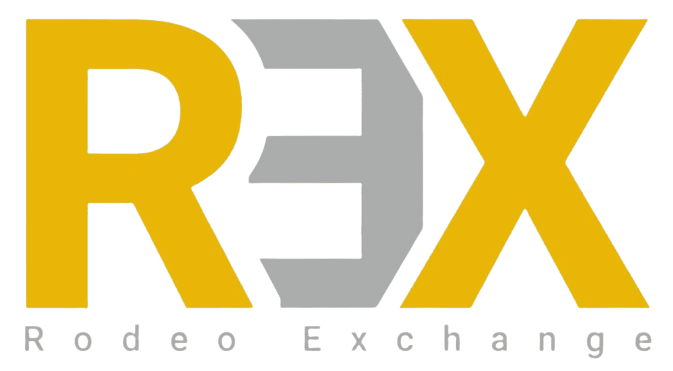Understanding the Reverse Exchange
Real estate investors are often familiar with the traditional 1031 exchange, which involves selling a property and using the proceeds to acquire a replacement property within a specific timeframe to defer capital gains taxes. However, offers a unique approach by allowing investors to acquire a replacement property before selling their existing property. This alternative strategy provides investors with greater control, flexibility, and the ability to take advantage of favorable market conditions. In this comprehensive guide, we will delve deeper outlining its benefits, requirements, and the step-by-step process involved.
Benefits of
1. Control Over Property Acquisition
One of the significant advantages of a reverse exchange is the ability to identify and acquire the replacement property before selling the existing property. This grants investors greater control over the acquisition process and allows them to secure the desired replacement property without the risk of missing out on favorable investment opportunities.
2. Tax Deferral Opportunities
Similar to the traditional 1031 exchange, the reverse exchange enables investors to defer capital gains taxes on the sale of their existing property. By utilizing this strategy, investors can allocate their funds towards acquiring the replacement property, potentially maximizing their investment potential. Deferring taxes allows investors to have more capital available for their real estate ventures.
Requirements forTo successfully execute a reverse , investors must adhere to certain requirements and guidelines. It is crucial to understand and fulfill these requirements to ensure compliance and reap the benefits of the exchange. Here are the key requirements:
1. Qualified Intermediary
A qualified intermediary plays a vital role in facilitating . They act as a neutral third party and handle the necessary documentation, compliance, and financial transactions on behalf of the investor. It is essential to engage a qualified intermediary experienced in reverse exchanges to ensure a smooth and compliant process.
2. 45-Day Identification Period
Within 45 days of acquiring the replacement property, investors must identify the relinquished property they plan to sell. This identification must meet the guidelines set by the Internal Revenue Service (IRS) and must be in writing, providing specific details about the property to be sold.
3. 180-Day Exchange Period
The reverse exchange must be completed within a total of 180 days. This period includes both the identification of the relinquished property and the completion of the exchange. It is important to manage time effectively to meet the deadlines and ensure a successful exchange.
4. Like-Kind Property Requirement
The replacement property acquired in a reverse exchange must meet the like-kind property requirement as defined by the IRS. In general, real estate is considered like-kind to other real estate. However, specific guidelines apply, and it is advisable to consult with tax professionals or legal experts to determine the eligibility of the properties involved in the exchange.
Steps InvolvedExecuting a reverse 1031 exchange requires careful planning, coordination, and adherence to the necessary procedures. Here is a step-by-step overview of the process:
1. Consultation and Planning
Begin by consulting with a qualified intermediary who specializes in reverse exchanges. Discuss your goals, timeline, and specific requirements. The intermediary will guide you through the process, help you understand the implications, and provide expert advice tailored to your situation.
2. Property Acquisition
Identify and acquire the replacement property that meets your investment objectives and requirements. This property will serve as the replacement for your existing property.
3. Exchange Agreement and EAT Formation
Establish an Exchange Accommodation Titleholder (EAT), which is a separate legal entity that holds the title to the properties involved in the exchange. Enter into a written agreement with the EAT to document the terms of the reverse exchange and outline the responsibilities and obligations of each party.
4. Relinquished Property Sale
List your existing property for sale and find a buyer. Work with real estate professionals to market the property effectively and negotiate a favorable sale. The proceeds from the sale will be held by the qualified intermediary in a secure account.
5. Complete the Reverse Exchange
Once the relinquished property is sold, the qualified intermediary will transfer the replacement property to you. This completes the reverse exchange process, and you become the owner of the replacement property.
Conclusion The reverse 1031 exchange offers real estate investors a valuable opportunity to acquire replacement properties before selling their existing ones, providing greater control, flexibility, and tax deferral benefits. By understanding the benefits, requirements, and step-by-step process outlined in this guide, you can confidently explore the possibilities of a leverage it to optimize your real estate investment strategies. It is advisable to consult with experienced professionals, such as qualified intermediaries and tax advisors, to ensure compliance and make informed decisions throughout the process.

